As our series of Center Stage articles continue, we spoke to Austin-based designer and illustrator, Steve Wolf. Steve’s talent in creating simple sophistication, by combining his own take on vintage and modern elements, make his design aesthetic truly unique.
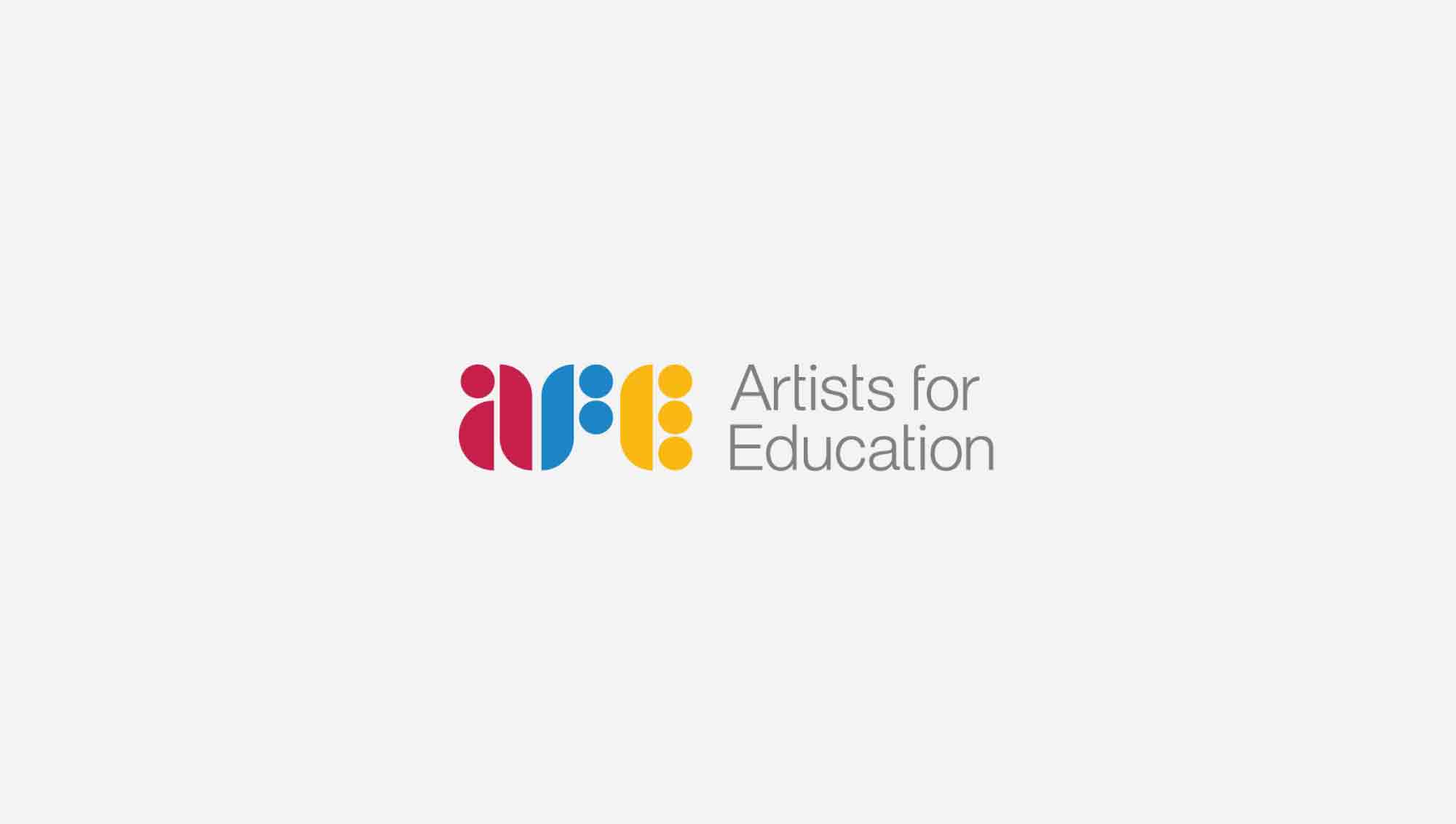
Tell us about yourself: your background, your design style who you are and how you came to be.
I’m an Austin-based graphic designer specializing in logo design, brand identity, and illustration.
I was born and raised in a small town in Nebraska where I learned the definition of what hard work really is. Whether it was mowing lawns every summer or helping friends with work on the farm, I developed a work ethic that I try to incorporate into all aspects of my life.
Before I went to college, I thought I wanted to major in industrial design. I attended workshops on industrial design and had a dream to design cars. During college, a design professor invited me to attend a graphic design meeting, and I instantly fell in love with the world of graphic design and the possibilities it had to offer. I’ve always loved to draw and create art; graphic design encouraged both of those passions. I was able to use my fine art background and translate my skills into design and lettering, and the rest is history!
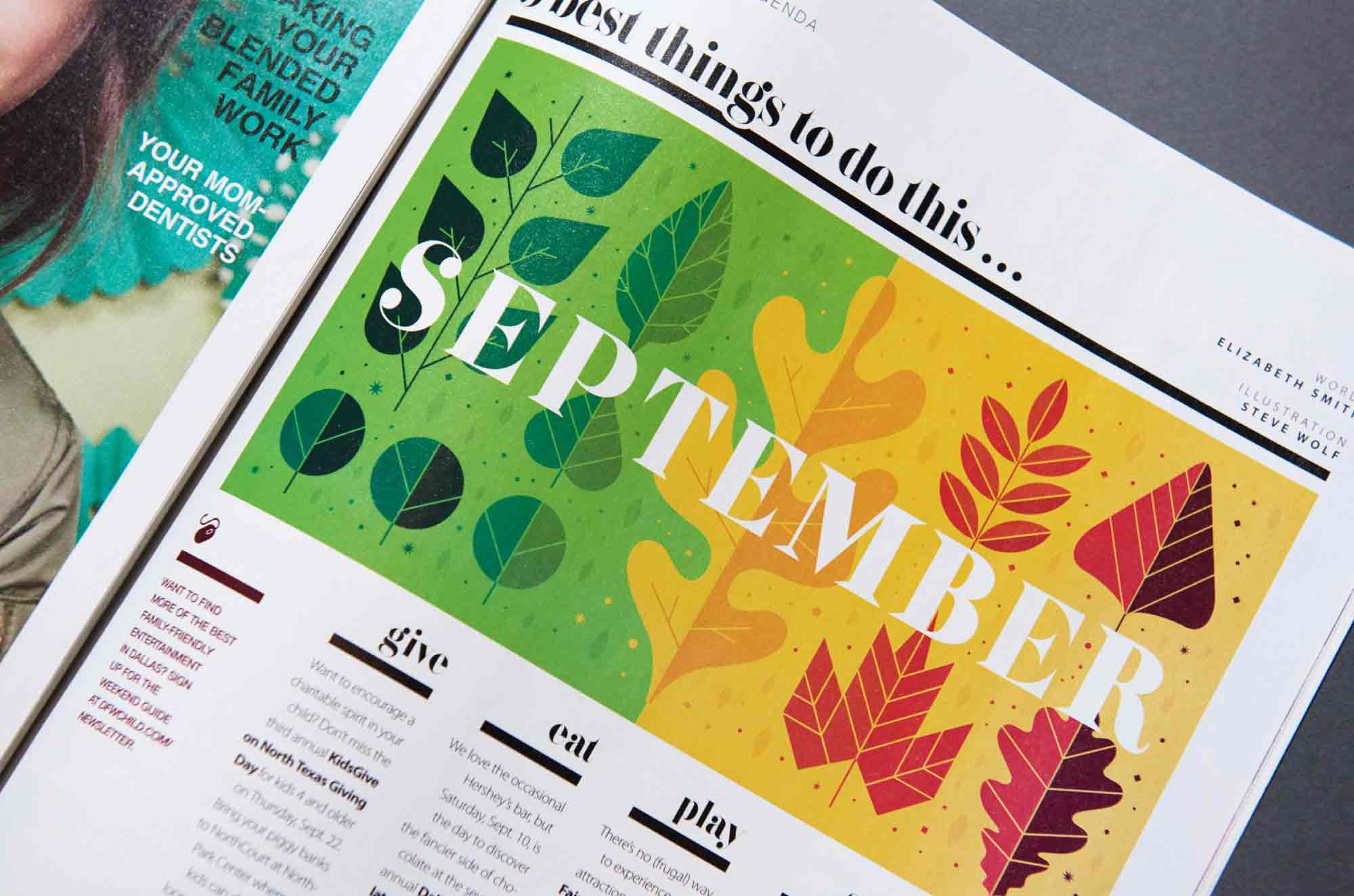
How would you set yourself apart from other designers? What about your work, makes it a “Steve Wolf design?”
I always try to make my work unique, timeless, and simple. Before I start any project, I make sure that the finished design incorporates these qualities. These qualities can be incorporated in my illustration work and branding work even though these two areas can be quite different sometimes.
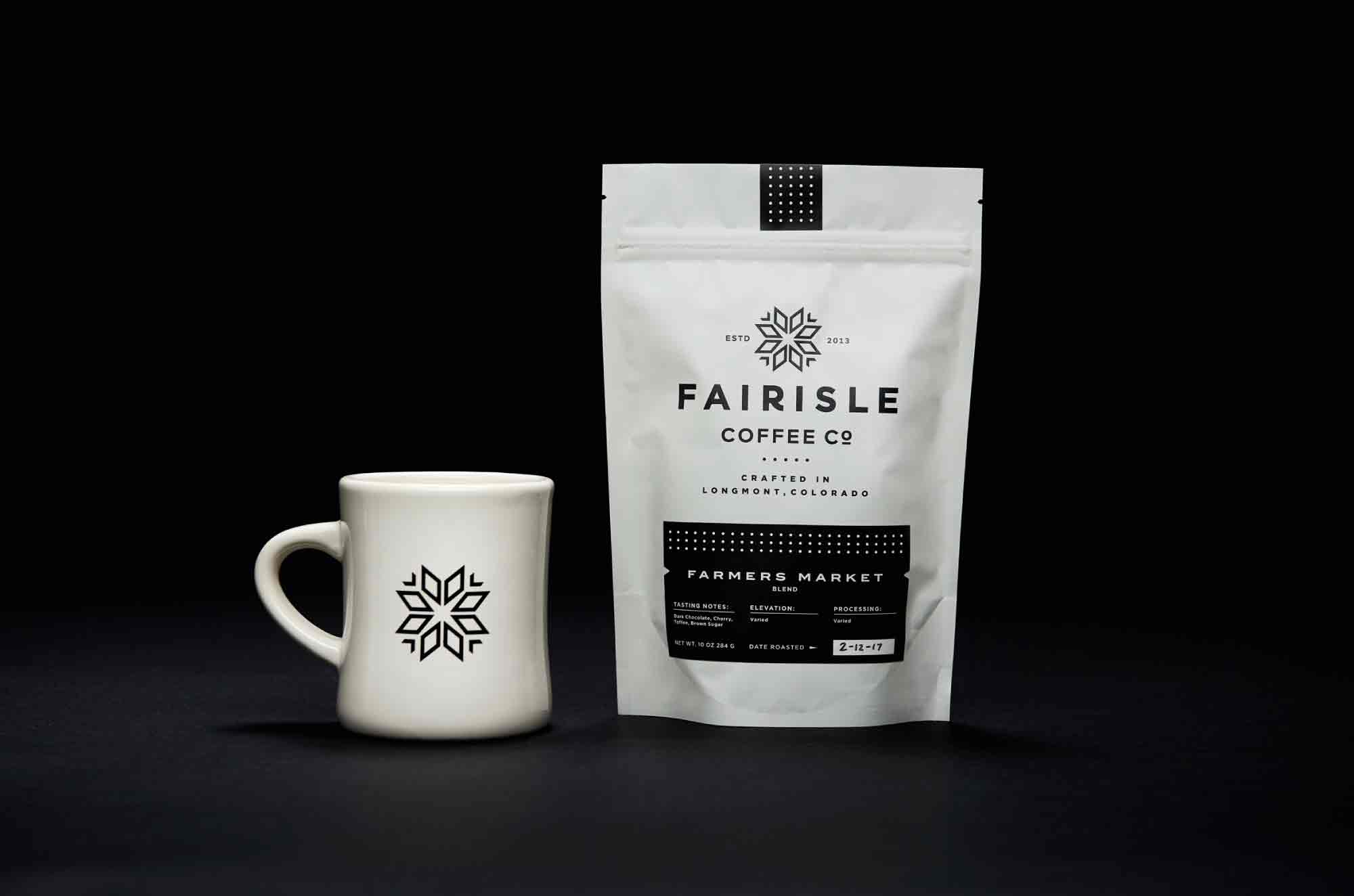
When did you receive your career’s “call” so to speak? What about this field were you most drawn to? Was it an easy decision to choose a career in graphic design?
I really knew I wanted to be graphic designer around my junior year of college. I was learning about great designers such as Paul Rand and Saul Bass and realized that I wanted to make the same things that they made. I was getting better at learning the design software and understanding what it takes to become a successful designer at this time as well. It all kind of came together all at once and made me want to learn as much as I could about graphic design.
The things I was most drawn to in this field were the opportunities that it provided. I found a profession that would allow me to use my fine art background and my love of typography and illustration. I didn’t know this was the field I really wanted to immerse myself in at first but once I learned more about Graphic Design, I realized that it was really the best fit for me all along. It wasn’t an easy choice for me in the beginning to choose this career because I thought I was going to design cars or be a painter but once I understood what it meant to be a graphic designer and the possibilities it presented I was hooked.
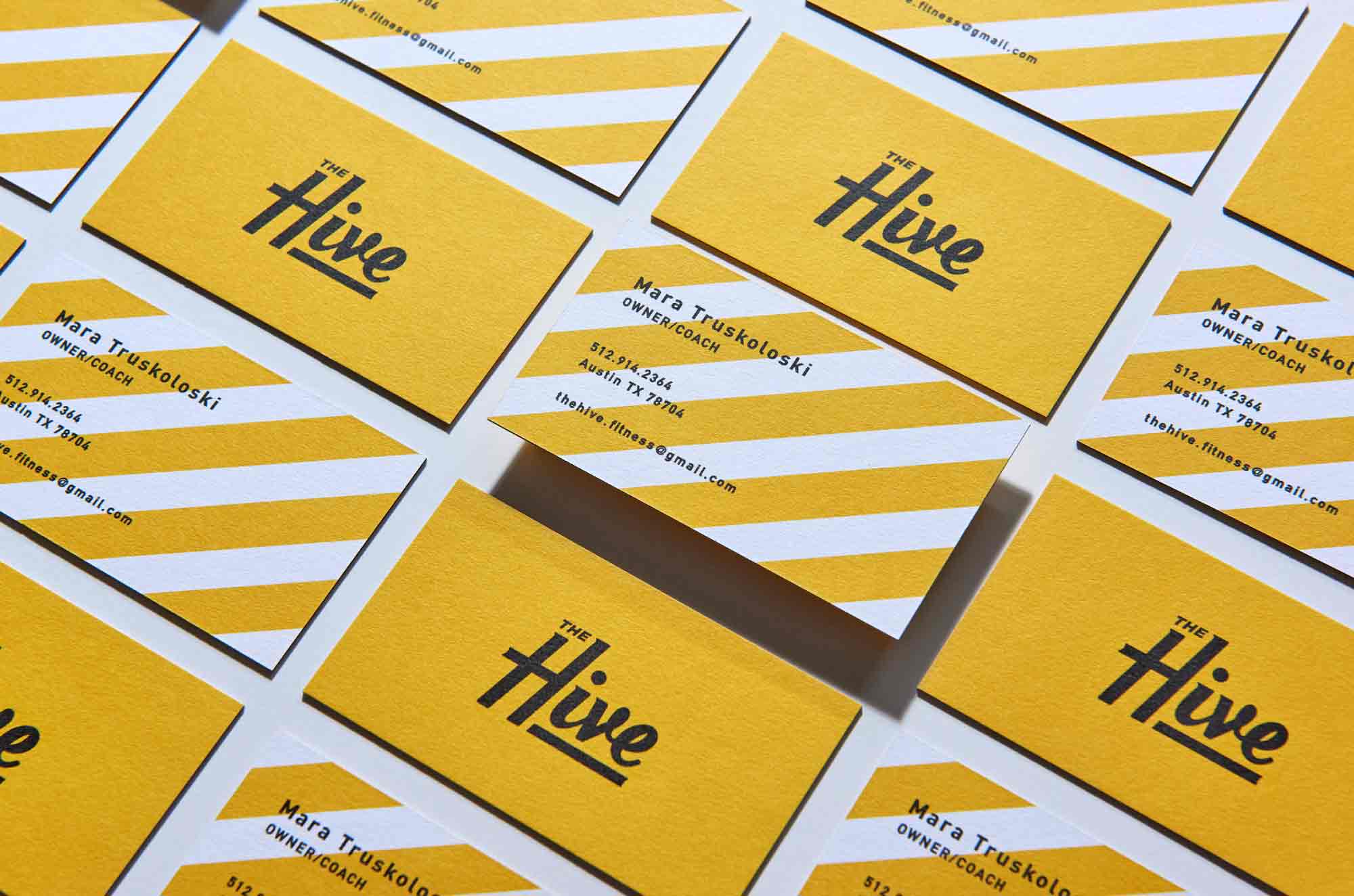
What works are you most pleased with? Did such work come easier than others?
Picking a specific piece of work is tough because I try my best to only put out work that I’m completely satisfied with. These projects usually come around when great clients reach out who understand what they believe in and understand the value of design.
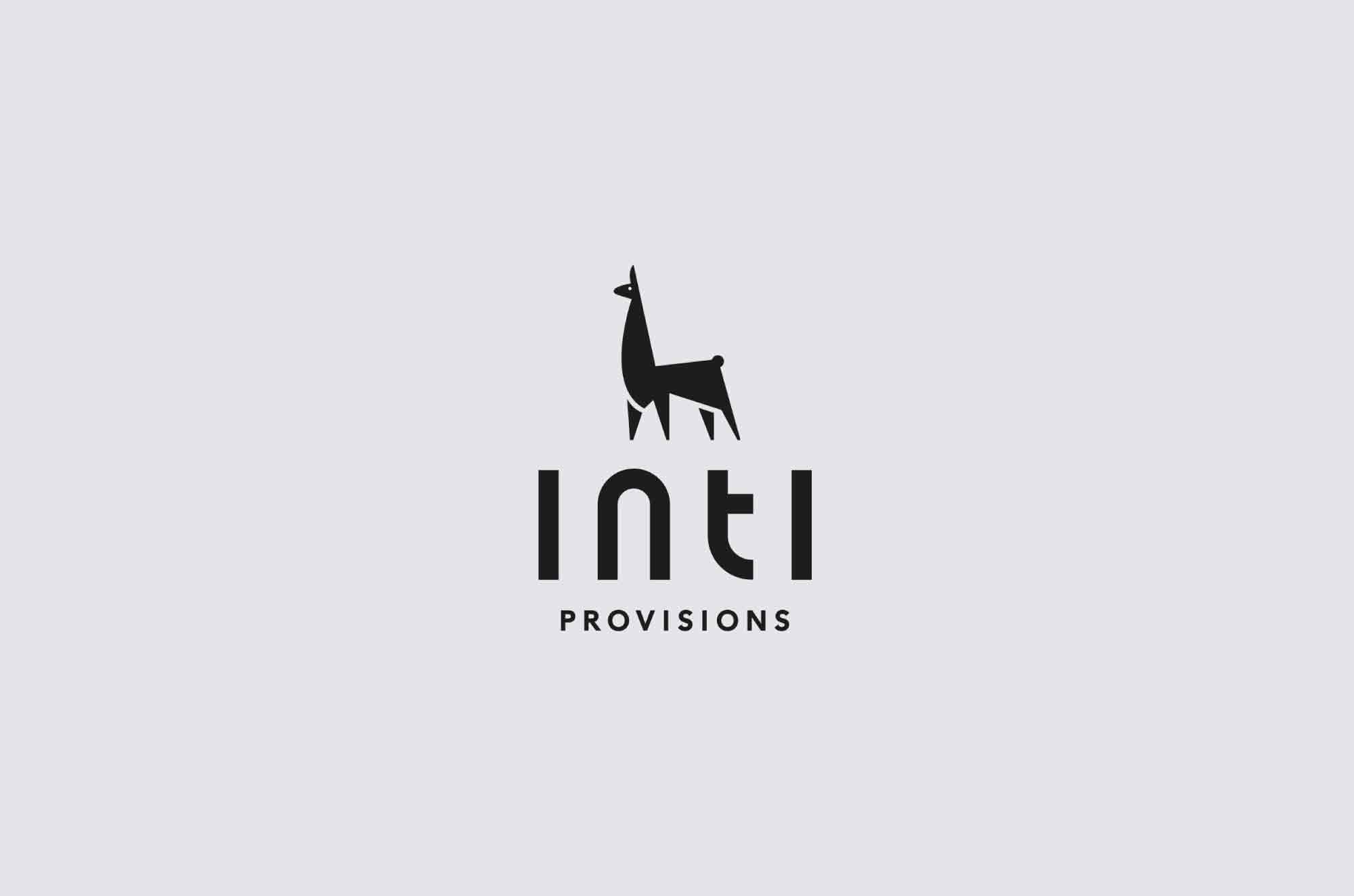
Describe your workflow in steps. Is there anything that would surprise us in how you get your work done?
Every project is always a bit different but my overall process is pretty much the same: Research, Design, Execution, and Presentation. One thing that might surprise people about how I work is the way I approach the beginning stages of my process. During the early research and execution phases, I treat design much like painting. It’s messy, unorganized, and things are created in somewhat of a chaotic state. I have a lot of options all over my illustrator artboard, tabs open everywhere, loud music playing, and a lot of coffee in my system. Once I get past this stage, I then take everything I’ve made and try to analyze and organize it in a way that is the best solution for the client I am working with.
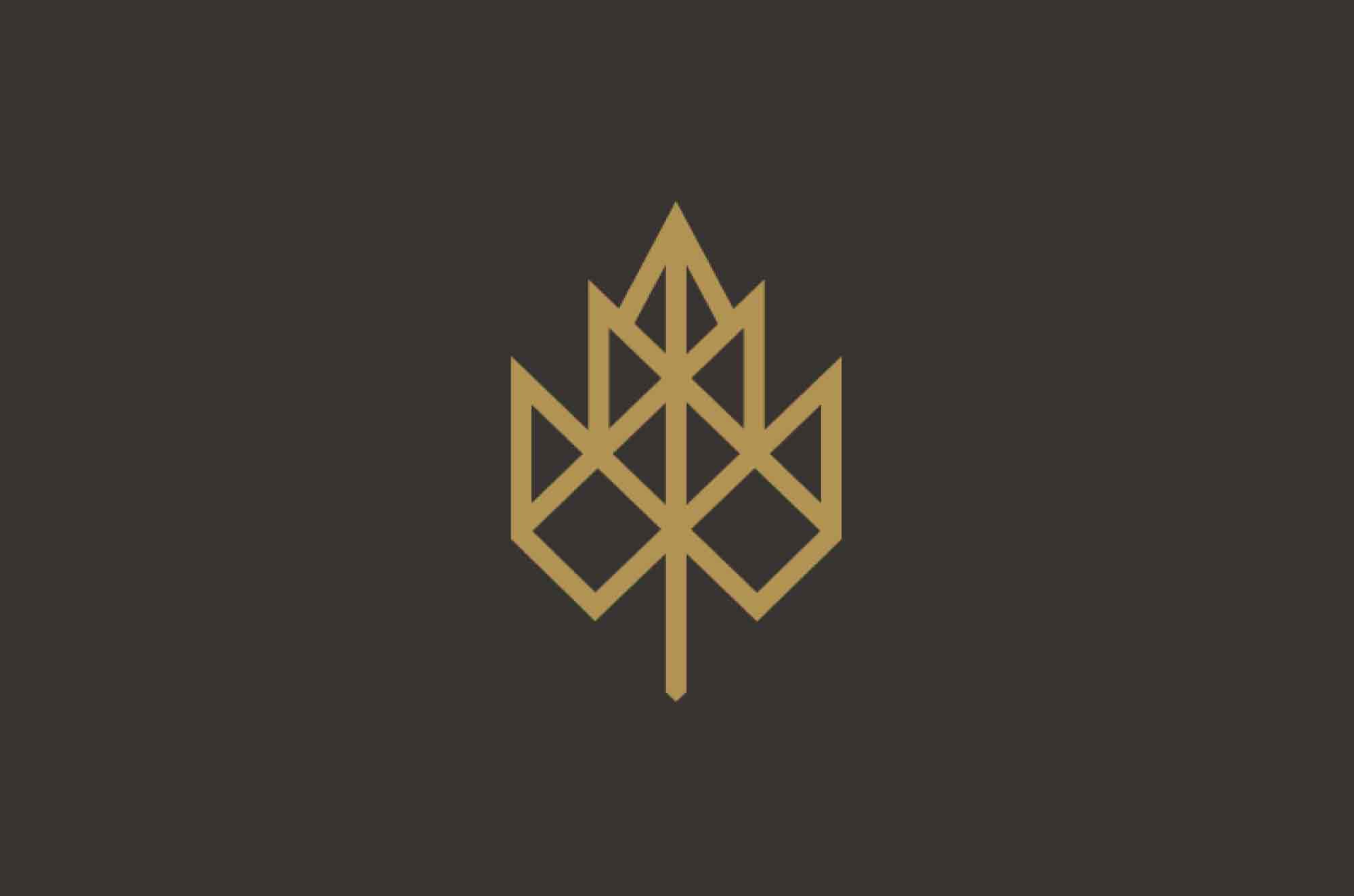
What lessons have you learned that you wish you had known as a designer starting out? What advise could you give to other designers, who are just beginning their careers?
Starting out, it was hard for me not to compare myself to others. So, I wish I never spent any time doing that. I say this a lot but my best advice is to always keep learning. I also wish I had known to experiment more with my work. It was tough for me to really find my voice and to understand who I was as a designer when I started out. I wasn’t focused enough and didn’t understand what I believed in or what I wanted to stand for. When you take a step back and analyze your work and try different styles that really push you to become better, you grow as a designer. You learn what works for you and what you are good at.
For those who are just beginning their careers, I would recommend researching old design books, magazines, and find designers that influence you. Practice new techniques and experiment with different styles until you find what works best for you. There are no shortcuts in this field so hard work and consistency will pay off.
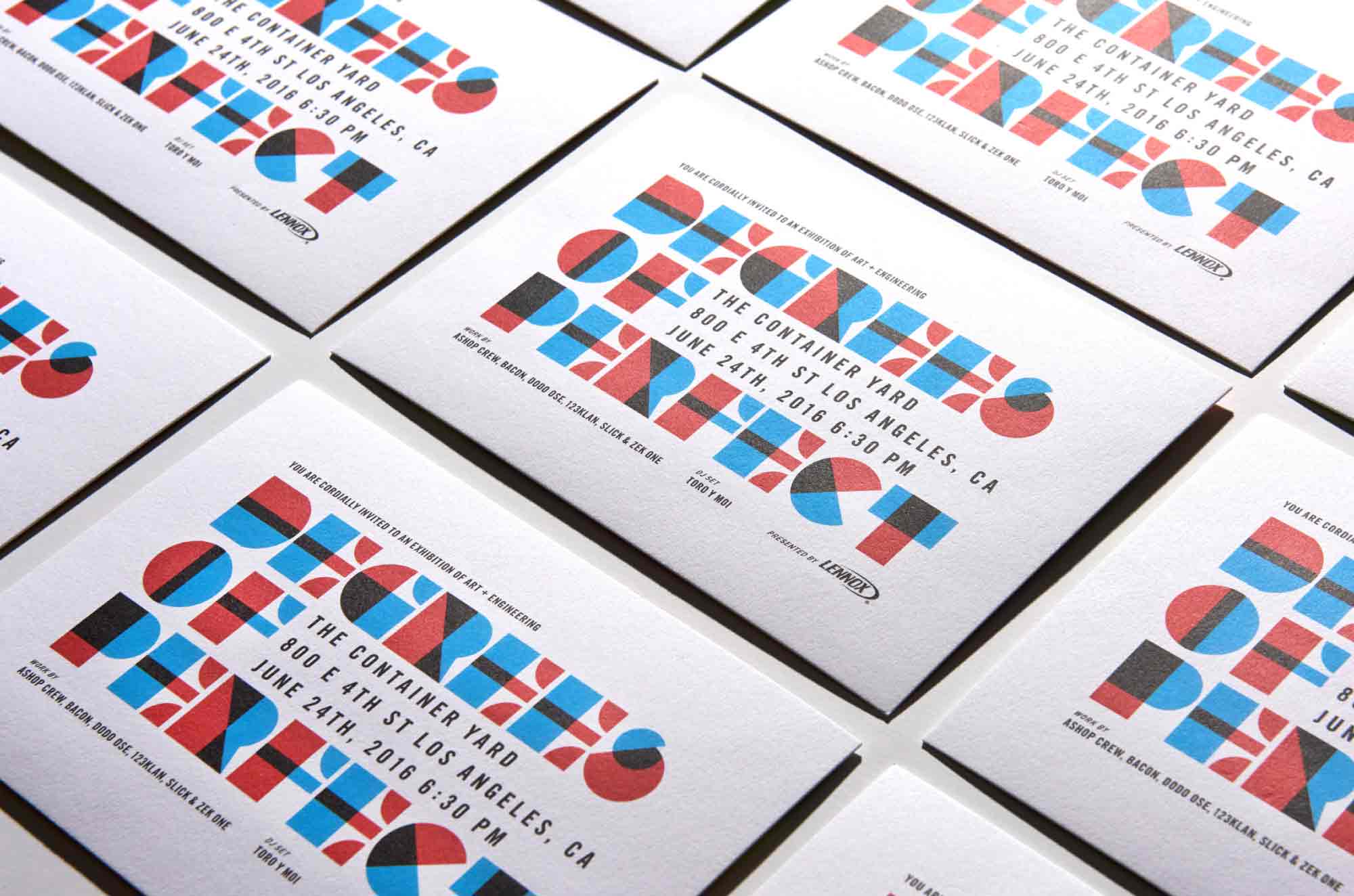
Who are your design heroes? What types of style do you most admire/enjoy? Is there a particular design that made you say, “wow,”, most recently?
Designers I admire include Paul Rand, Saul Bass, Ikko Tanaka, Lance Wyman and Max Bill. I wanted to be just like these great design legends so I would stay up late every other night reading and researching about them until I started to develop my own style based off of these legends. One project that recently made me say, “wow” was the Sonic campaign that the folks over at Carpenter Collective in Kansas City worked on. It was such a fresh take on design and illustration for the fast food industry.
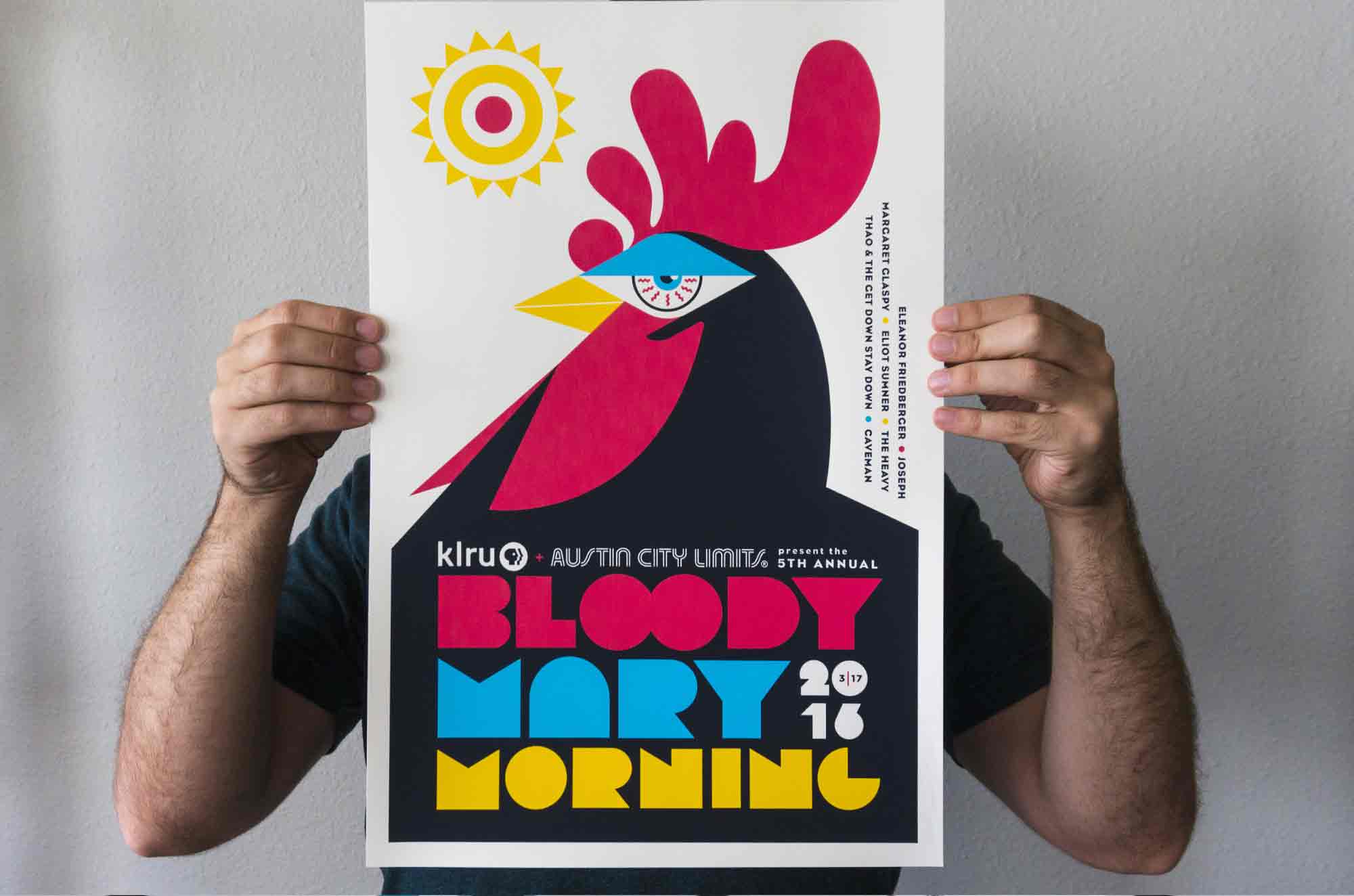
Who would be a dream client for you and why? What kind of projects do you most look forward to?
A dream client would be anyone that has a great production budget that would allow me to really push the boundaries of what can be created. Projects I love doing are complete logo and branding projects.
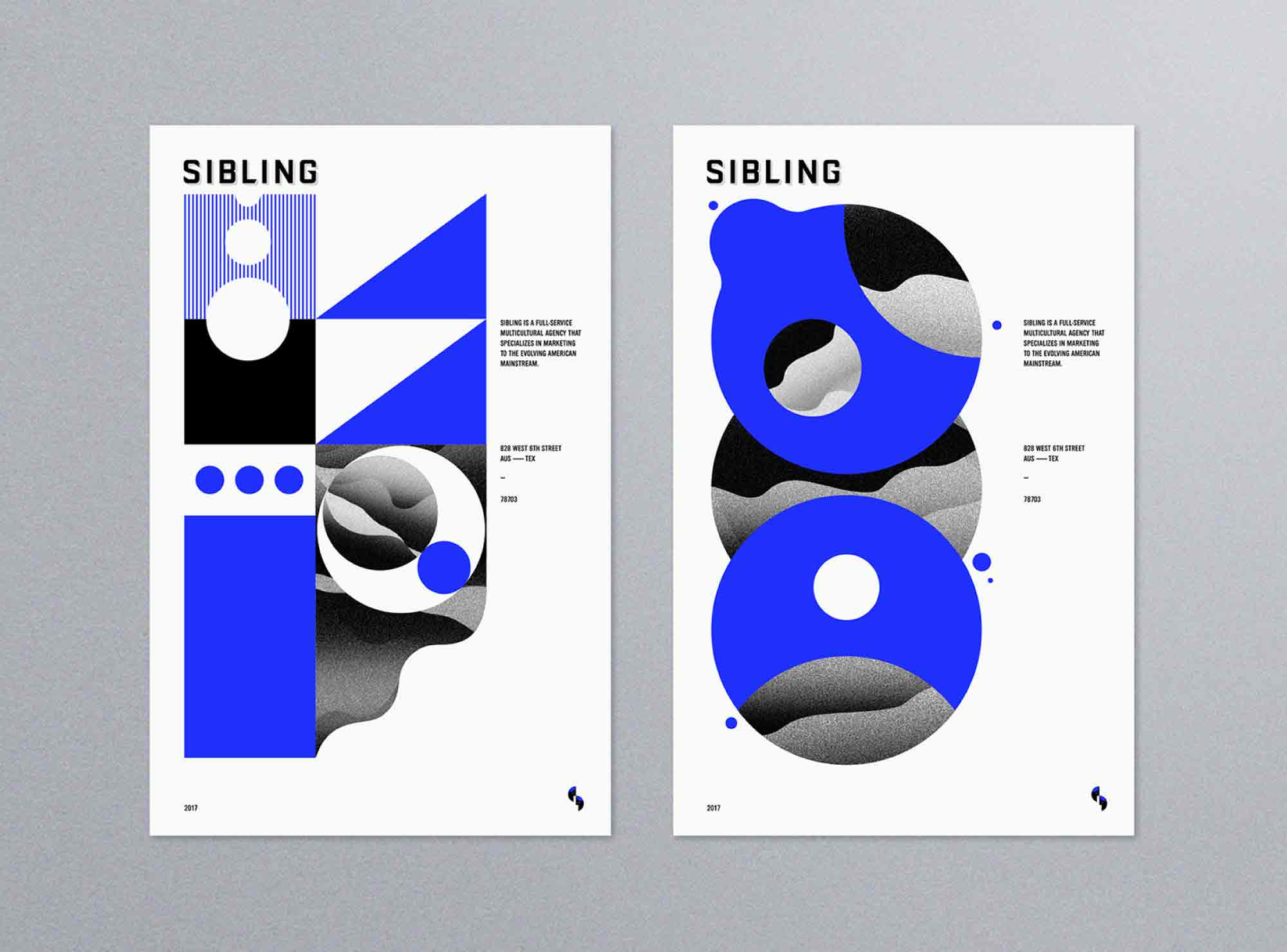
Where do you draw inspiration from? Are there hobbies that inspire your work?
Some of the best sources of inspiration for me actually come from places other than graphic design. Art, architecture, nature, and people all inspire me and the best part is that they are all around me constantly. One of my favorite ways to get inspired is to travel. Whether it’s traveling outside the country or even just to another state, seeing something new everyday makes me feel refreshed and in a state of mind to create something.
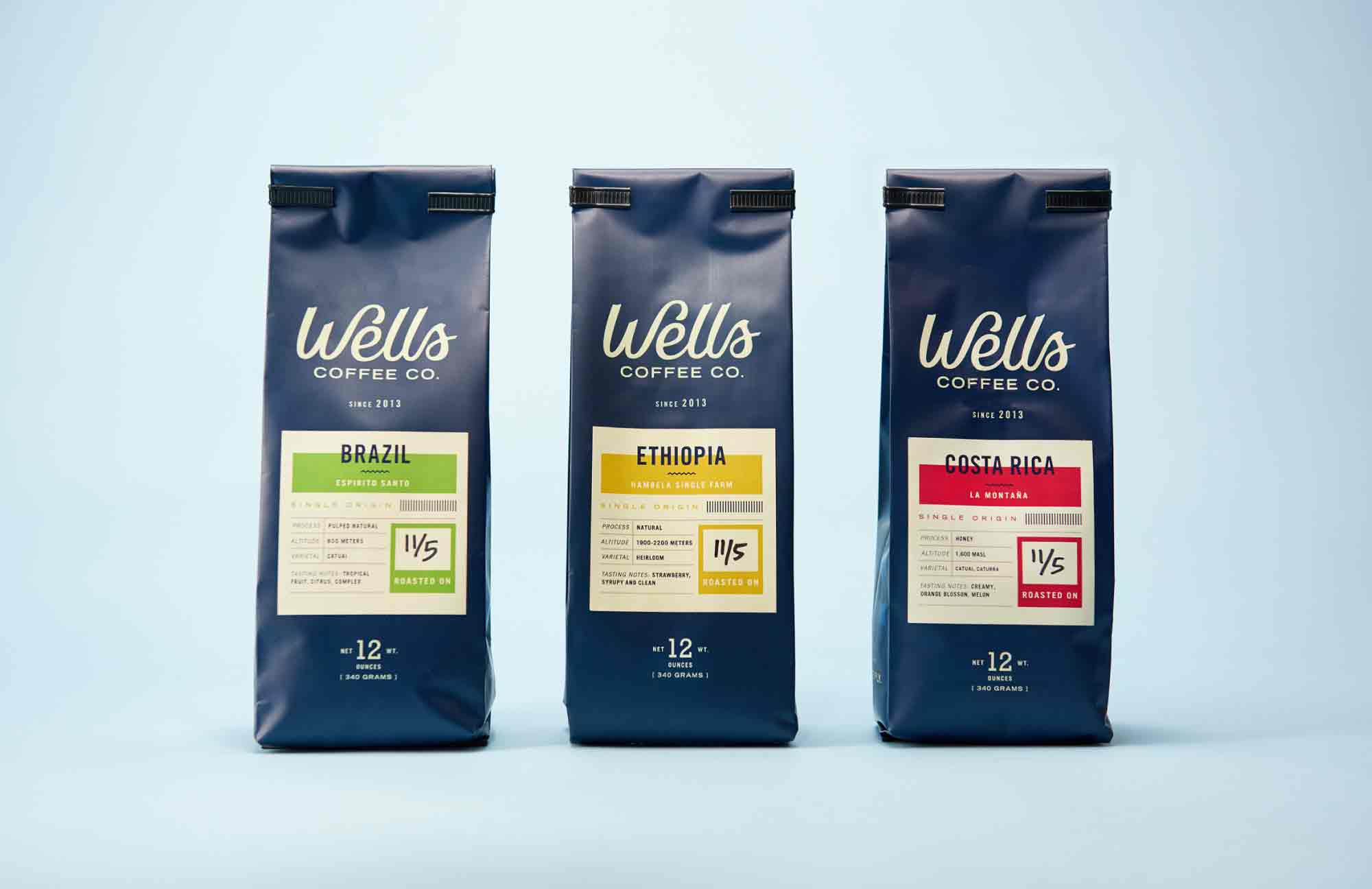
What is your definition of success? What is your definition of failure?
My belief is that the definition of success is personal and can be different from anyone else. To me, success is being able to do what I love everyday and make a living doing it. Success is finding your true calling and being passionate about it.
My definition of failure is giving up plain and simple. You can always get better or achieve something as long as you don’t quit.
To see the collection of logos that Steve Wolf has uploaded to the Lounge, please see here. To visit Steve’s professional website, simply click here. Watch out for next month’s featured member article, as we bring another designer “Center Stage.” It could be YOU!